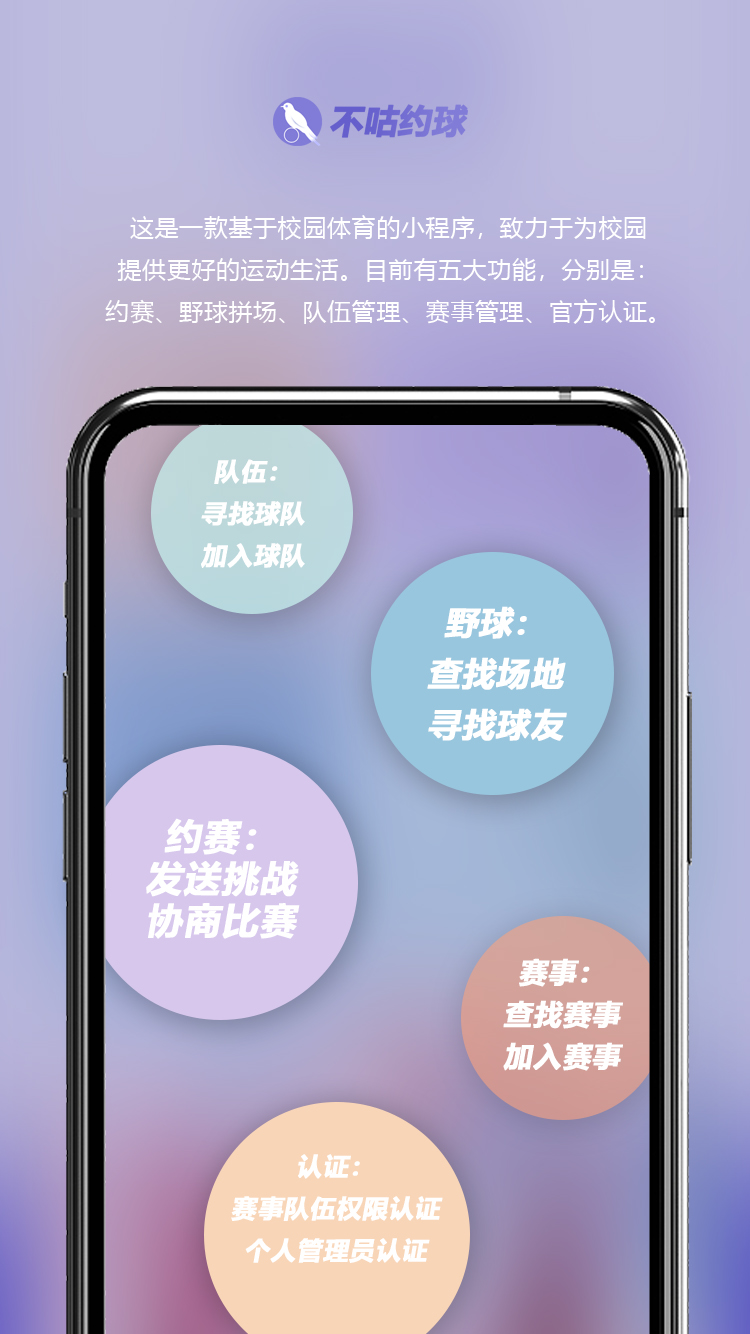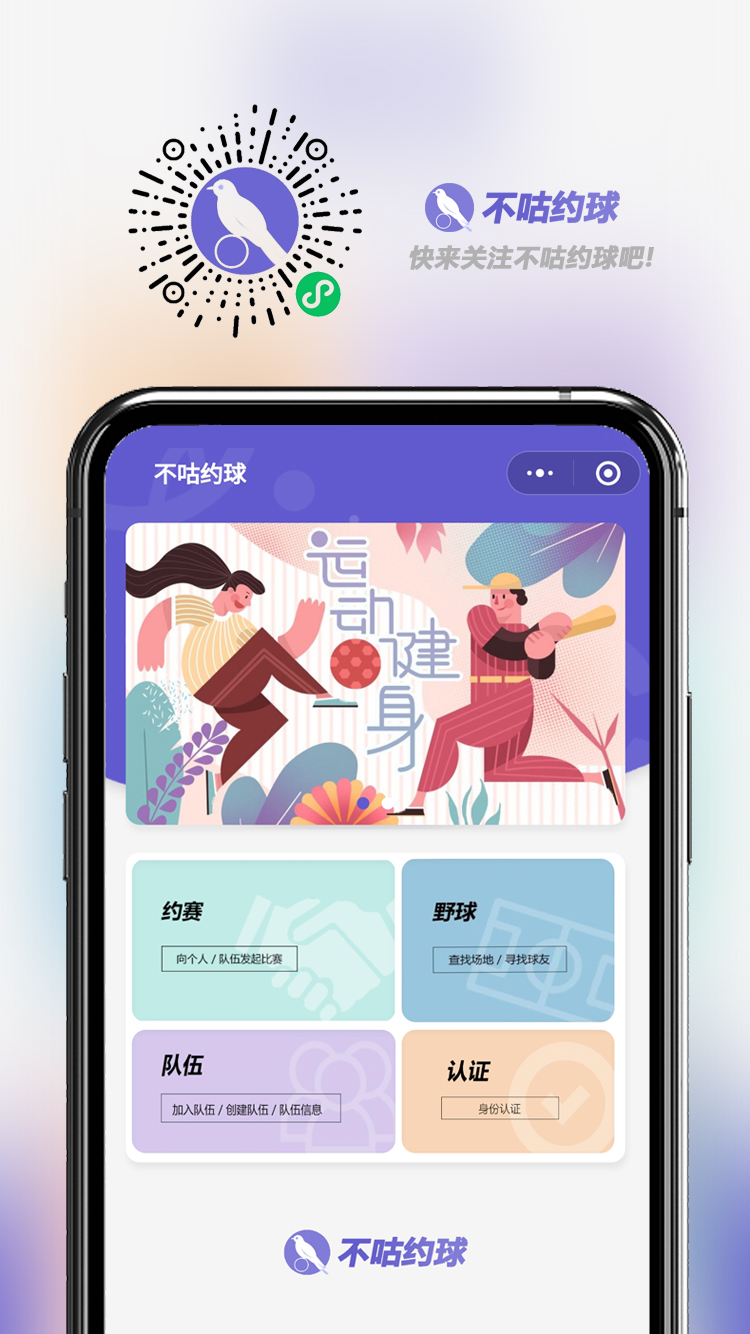Building a Campus Sports Platform: Lessons from My First Major Project
November 11, 2021
Official Website: www.bugusport.com
Bugu Sport represents my first foray into large-scale software development and my debut as a project leader. This journey transformed not only my technical skills but also my understanding of what it takes to build something meaningful.
In this reflection, I'll share the challenges we faced, the lessons we learned, and how we evolved from a group of passionate students into a cohesive development team. If you're curious about the technical details, feel free to explore our codebase on GitHub.
The Genesis: From Gaming Inspiration to Real-World Application
 The idea for Bugu Sport struck me during a late-night session of Football Manager 2020. As I managed virtual teams, organized competitions, and analyzed player statistics, a thought crystallized: What if we could bring this engaging experience to real campus sports?
The idea for Bugu Sport struck me during a late-night session of Football Manager 2020. As I managed virtual teams, organized competitions, and analyzed player statistics, a thought crystallized: What if we could bring this engaging experience to real campus sports?
This wasn't just about creating another app—it was about recognizing the untapped potential of technology to enhance student life. I realized that programming could be more than solving academic problems; it could be a tool for creating meaningful connections and experiences. That night, I made a decision that would define my college years: I wanted to be a creator, not just a consumer of technology.
Building the Dream Team
Transforming an idea into reality required more than just coding skills. In April 2020, I embarked on assembling a team that shared both technical expertise and genuine passion for sports.
Strategic Recruitment: I carefully selected two close friends from my major who shared my love for soccer. Their enthusiasm for combining sports with technology was crucial—passion, I learned, is the fuel that sustains a project through inevitable challenges. To ensure our platform would be both functional and beautiful, I also brought on a design major who could craft an intuitive user experience.
From Concept to Code: Our Development Journey
Leading a development team taught me that success lies in the details of process and communication:
Product Discovery: I took on the role of product manager, conducting extensive market research and user surveys. We needed to understand not just what students wanted, but what they actually needed from a campus sports platform.
Modular Architecture: Following software engineering principles, I divided the project into distinct modules—game invitations, streetball organization, team management, and match coordination. Each team member owned a module, ensuring both accountability and expertise development.
Quality Assurance: I established a rigorous code review process, personally reviewing every pull request and implementing comprehensive white-box testing protocols.
Facing Adversity: The Turning Point
 Our journey hit a major roadblock when we were eliminated in the preliminary round of our school's 2020 Software Design Competition. The rejection was devastating—not just for me, but for the entire team. Self-doubt crept in, and I watched my teammates question whether our efforts were worthwhile.
Our journey hit a major roadblock when we were eliminated in the preliminary round of our school's 2020 Software Design Competition. The rejection was devastating—not just for me, but for the entire team. Self-doubt crept in, and I watched my teammates question whether our efforts were worthwhile.
As team leader, I knew that giving up wasn't an option. Instead of dwelling on the setback, I sought feedback from professors and industry mentors. Their insights revealed critical flaws in our requirements analysis and development methodology.
Evolution and Growth
Failure became our greatest teacher. We implemented sweeping changes that transformed both our product and our process:
Enhanced User Research: We expanded our survey scope, gathering feedback from diverse student populations to better understand varied needs and preferences.
Focused Vision: We streamlined our feature set, concentrating on core functionalities that truly mattered—event organization, team formation, and community building.
Agile Transformation: We abandoned the rigid Waterfall model in favor of Agile development, enabling faster iteration and more responsive development cycles.
Code Excellence: We adopted industry-standard practices, including the Google JavaScript Style Guide, dramatically improving code readability and maintainability.
Success and Recognition
Our perseverance paid off spectacularly. By June 2020, we had not only rebuilt our platform but earned recognition on a national scale—advancing to the final 32 teams out of over 4,000 participants nationwide in the China Collegiate Computing Contest.
More importantly than any award, we witnessed our platform's real-world impact. Students were forming new friendships, discovering sports they'd never tried, and building lasting communities around shared athletic interests.
Reflections and Future Vision
The most valuable outcome wasn't the recognition or technical skills—it was understanding what it means to create something that matters. Every late night spent debugging code, every user interview conducted, every feature iteration implemented contributed to a deeper appreciation for the craft of software development.
Today, I continue refining Bugu Sport because I believe we've only scratched the surface of campus sports digitization in China. Inspired by the NCAA model, I envision a comprehensive ecosystem that not only serves students but also explores sustainable commercialization opportunities in the campus sports market.
The journey from a late-night gaming session to a nationally recognized platform taught me that the best projects emerge from genuine passion combined with persistent execution. If you're working on something similar or want to discuss the intersection of sports and technology, I'd love to connect.
Key Takeaways:
- Passion-driven teams outperform skill-only teams
- User feedback is more valuable than personal assumptions
- Failure is data—use it to iterate and improve
- Code quality matters as much as feature completeness
- Leadership means supporting your team through challenges
